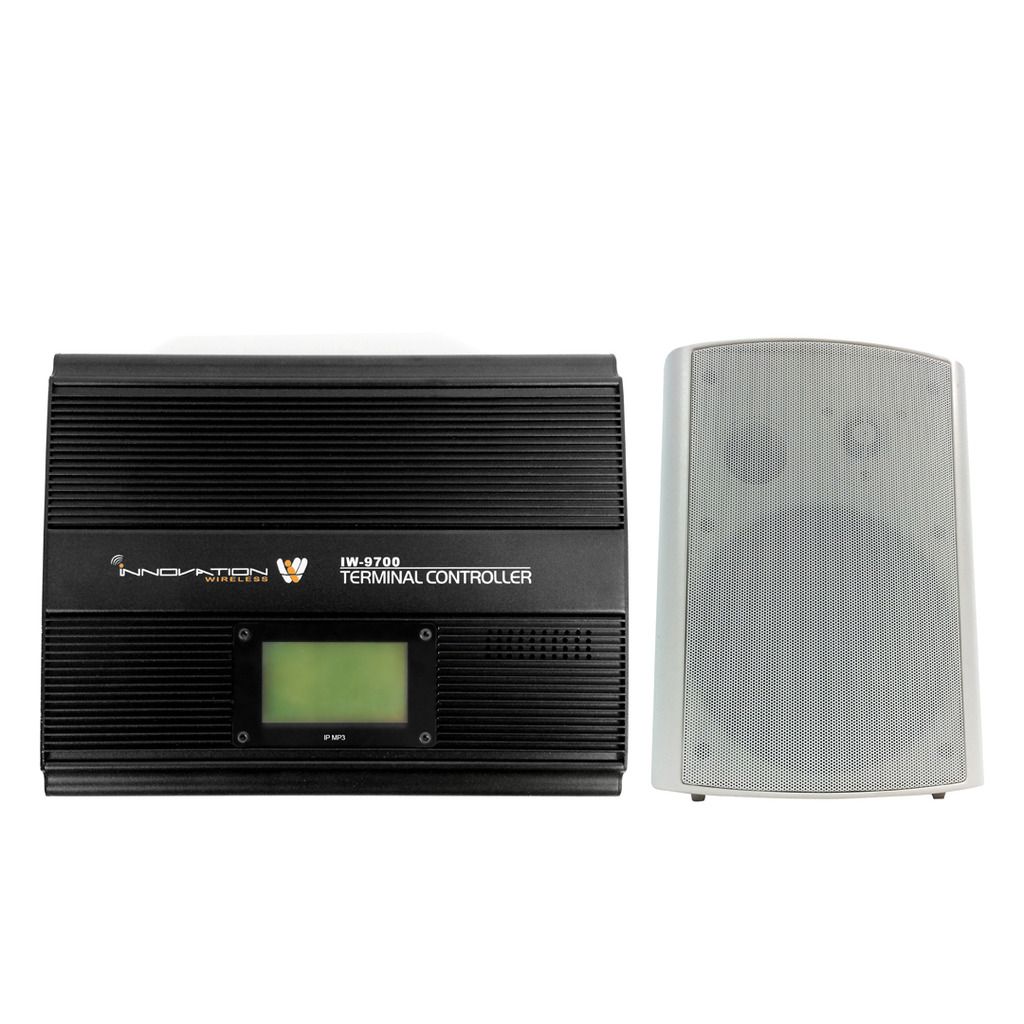Innovative Clock Synchronization Unit
 Individuals make use of clock synchronization systems to attain optimum efficiency of process circulation. With synchronization, clock systems coordinate unequivalent features, protect against obstructions, and also get rid of time-based complications. We view herein how adopting this functional method not only raises productivity however also allows innovation to blossom.
Individuals make use of clock synchronization systems to attain optimum efficiency of process circulation. With synchronization, clock systems coordinate unequivalent features, protect against obstructions, and also get rid of time-based complications. We view herein how adopting this functional method not only raises productivity however also allows innovation to blossom.
Clock synchronization systems show up in many different establishments and also sectors to regulate a variety of applications. But there are merely 3 essential functions that have the root of all applications.
One purpose is to have a temporal event (or set of such occasions) occur simultaneously for all workers. Another is to make certain that every period in between nearby events (that are part of a series) is measured with precision. The 3rd purpose is to simplify rendezvous and eliminate wait time.
An instance of the very first purpose is the ringing of school bells. Simultaneity of all bells on campus is necessary to get the pupil physical body to change class efficiently and efficiently.
An example of the second purpose is the record keeping of the clinical progress chart for a health center patient. Just what is relevant to a caregiver is the amount of time passed loved one to some previous event such as a dosage management or ingestion of fluids. For this to work, each caregiver along the way must refer to the time according to a single, centrally organized standard.
An assembly line is typical of the third purpose. Right here, partly completed products have to pass from one terminal to one more on a constant basis. The goal is not to rush either the deliverer or the receiver yet also not to make either of them wait.
How these basic purposes put on individual situations, whether one by one or in combination, is rather varied and practically unique. This is the charm of installing a clock synchronization system. You get a broadly relevant capability without losing the flexibility to tailor it to your particular requirements.
You might be wondering how clock synchronization is done or how precise it genuinely is. Because the number of timepieces involved is usually rather big (commonly in the hundreds), a manual technique such as that used to synchronize 2 watches is impractical and prone to significant error.
The response is to automatic synchrony using a broadcasting method. That is, there needs to be a single transmitter signaling to all clocks at once what the time is. If necessary, the clocks need to be given the ability to "listen" for these broadcasts.
As for accuracy goes, any kind of inconsistencies that may result across the system are so little in order to be minimal. This holds whether hardwired connections are made use of to transmit the program signals or messages are sent wirelessly.
A cordless clock system is generally preferred because it saves replacement and maintenance expenses linked with a wired infrastructure. Its only (prospective) downside is that it could trigger radio frequency disturbance (RFI) with alreadying existing electronic tools. However, modern regulations designate specific transmission frequencies to wireless devices concerning certain categories, and also this distinction totally mitigates the problem.
Though the principal parts of a clock synchronization system are the clocks and also other timekeeping tools, there might be ancillary components to attend to certain demands. Instances consist of college bells, tone generators, and message boards. These added elements are typically integrated directly into the system. Primex wireless
Now we really want to highlight how synchronized clock systems lead to increased productivity and innovation. To do this we dive more deeply into the generic applications connected with our trio of purposes, those focused on temporal occasions, temporal intervals, and temporal dovetailing.
Education is the application most concerned with temporal events. Students have to be alerted when each period begins and ends. A goal of school administrators is to minimize the between-period duration so that classroom instruction time is maximized.
But the whole student body remains in shift between periods, so the duration is limited to how long it considers students to travel the best range in between any type of set of class. All bells must ring at the exact very same minute to stop confusion, yet ingenious administrators might seek to gain additional performance by addressing additional factors such as class locations and physical intersections or similar bottlenecks that impede the smooth flow of people.
As mentioned above, healthcare is primarily worried with accurate temporal intervals. During the course of his remain in the hospital, a client might stay in a number of different wards and also view several different caregivers. The period about each appropriate event (time of previous intake, time of injury, management of medicine, etc.) impinges on follow-on decisions.
Exactly exact timekeeping of all such occasions, synchronized to the same time standard, improves productivity by minimizing if not eliminating inadvertent errors. However, it also makes possible more innovative treatments based on statistically more ideal information.
Temporal dovetailing is the chief concern of manufacturing managers. Hiccup-free assembly lines reduce staff member distractions, wait times, and stress. It all begins with synchronized clocks.
Moreover, one can measure task durations much more precisely, thereby identifying critical paths and manufacturing bottlenecks. This in turn normally enables more innovative system style that would otherwise be out of the inquiry.
In recap, no matter the nature of one's business or the specific application at hand, anything that keeps one in the forefront is of value. Refinements in productivity as well as innovation are crucial to maintaining success. And such refinements are the natural result of setting up clock synchronization systems.